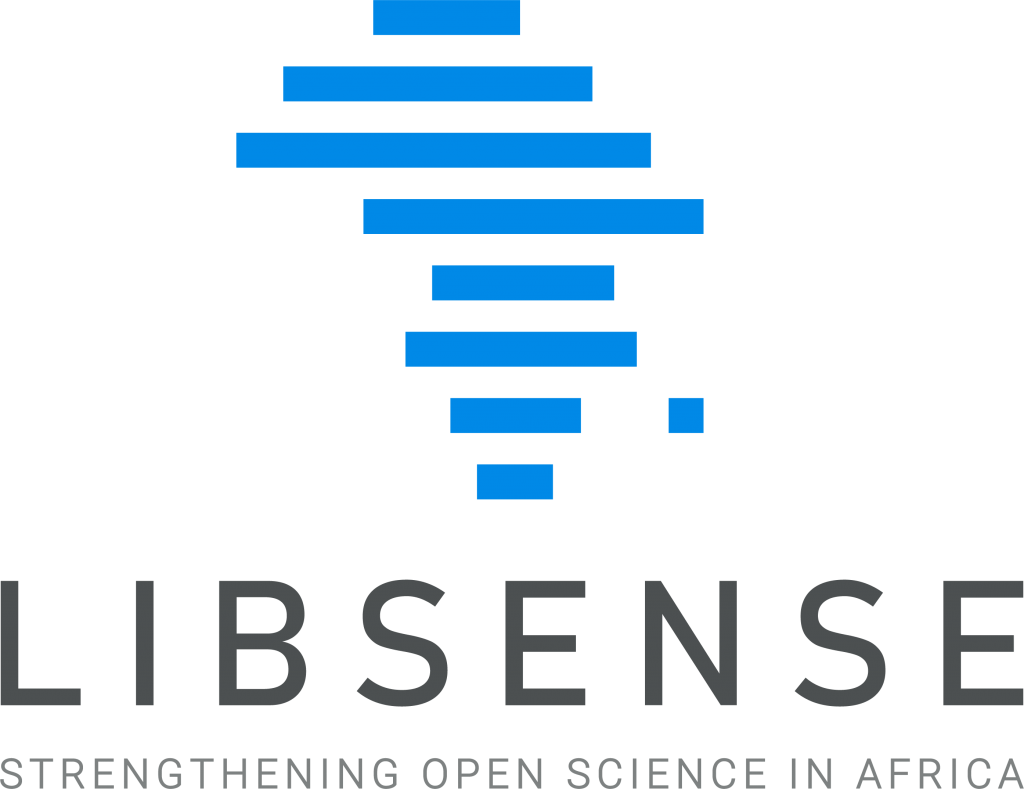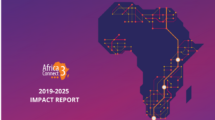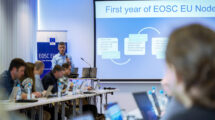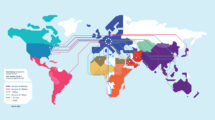The LIBSENSE initiative has made significant strides in advancing Open Science across Africa from 2016 to 2024, as highlighted in its Impact Report. Over this period, LIBSENSE has built a vibrant community of practice, enhanced the capacity of researchers and librarians, and fostered collaboration across disciplines. By advocating for Open Science policies, the initiative has influenced frameworks at institutional and national levels, promoting transparency and accessibility in research. Testimonials from stakeholders underscore LIBSENSE’s transformative impact, while recommendations in the report aim to sustain progress and strengthen Open Science practices in the years to come.
View the full report here – https://baobab.wacren.net/records/kym89-1p308
About LIBSENSE libsense.ren.africa/en/
 LIBSENSE (Library Support for Embedded NREN Services and E-infrastructure) is a WACREN-led programme aimed at building a community of practice for open science and progressing the adoption of open science services and infrastructures in Africa. Open science is an international trend aimed at sharing the results of research widely. This phenomenon is transforming the way research is done and increasing its value and impact by accelerating the pace of scientific discoveries and expanding the adoption of research outcomes for everyone.
LIBSENSE (Library Support for Embedded NREN Services and E-infrastructure) is a WACREN-led programme aimed at building a community of practice for open science and progressing the adoption of open science services and infrastructures in Africa. Open science is an international trend aimed at sharing the results of research widely. This phenomenon is transforming the way research is done and increasing its value and impact by accelerating the pace of scientific discoveries and expanding the adoption of research outcomes for everyone.
Launched in 2016, LIBSENSE aims to bring together the research and education networks (RENs) and academic library communities to strengthen open access and open science in Africa. This Africa-wide programme provides an avenue through which different stakeholder communities collaborate to define priority activities, share knowledge, and develop relevant services. This pan-African effort is making strides towards advancing open science through strengthening and expanding services at the institutional, national and regional levels. LIBSENSE’s approach uses bottom-up, distributed and heterogenous ways to entrench open access and open science in Africa. The programme is all-inclusive; this is demonstrated in the regional dispersal of its communities, the languages for operation, and the cultural nature of its operations and communities.







